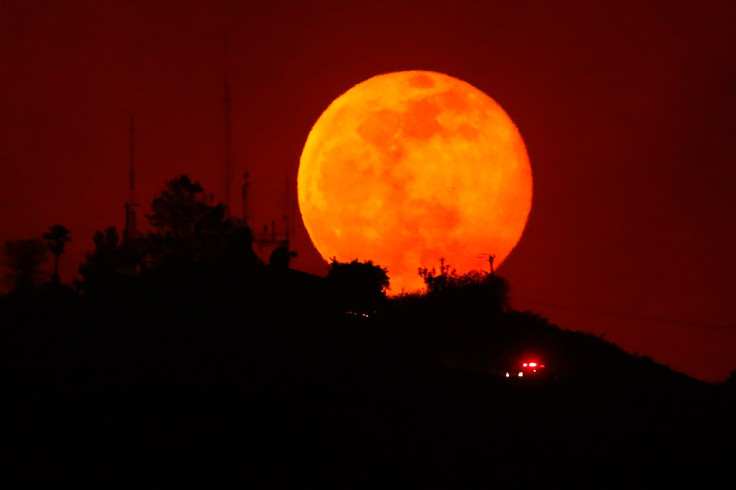Wildfires And Global Warming: Brown Carbon Also a Factor

A new study by Los Alamos Laboratory turns the spotlight on brown carbon, the "frustrated" black carbon and suggests it plays a bigger role in wildfires and global warming.
By ignoring brown carbon's warming effect, climate models may be underestimating the overall warming.
Black carbon, or the soot particles, released in the burning of biomass or wildfires, has been known to add to global warming by absorbing all visible wavelengths of light. Its lighter counterpart has the opposite effect by reflecting away light.
In between both lies the brown carbon which absorbs light at short blue wavelengths, also present in wildfires. But brown carbon has a complex range of volatility and optical properties which have made it tough to incorporate its effect in climate models.
By clubbing it together with the lighter, organic carbon climate scientists have been computing a cooling effect for the material, instead of warming.
The "frustrated" black carbon that ends up as brown carbon is a result of partial burning. While brown carbon warms up the atmosphere, its presence in wildfire smoke has been mostly ignored.
The work was described by a collaborative team of researchers from Los Alamos National Laboratory, Carnegie Mellon University and the University of Montana in the journal Nature Geosciences.
The Los Alamos team of Dubey, Allison Aiken and Shang Liu performed controlled laboratory experiments of the optical properties of particles emitted by globally important fuels.
They carefully manipulated the particles by heating to remove the volatile components and then monitored changes in optical properties.
Analysis revealed that the least volatile fraction that is most likely to be transported globally is much more light-absorbing than the volatile fraction. Brown carbon is present in both these fractions.
This study has established the significance of brown carbon in warming and underlines the need to incorporate it in climate models. The raging wildfires in California have already burned over 200 square miles and show no signs of abating.
© Copyright IBTimes 2025. All rights reserved.





















